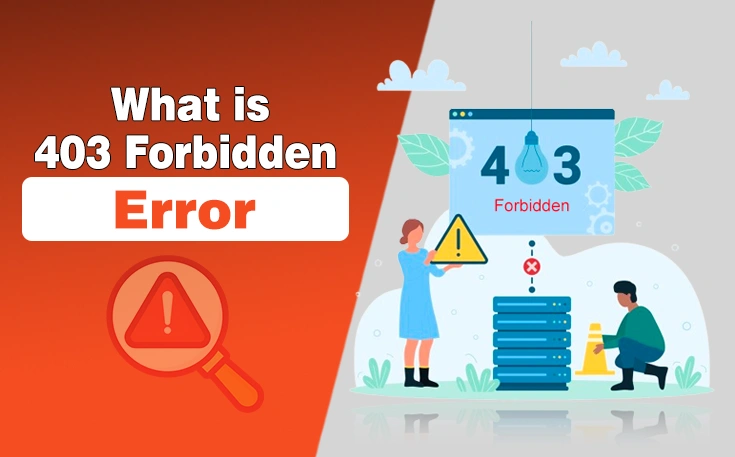Localizing content is becoming increasingly dominant for businesses as more companies enter global markets. It needs special awareness of cultural sensitivities and nuances to confirm accuracy and clarity, all while thrusting multilingual content into the proper content streams. Businesses must ensure that their translated content can reach the intended target audience. It’s about understanding the nuances of different cultures and how your target audiences will receive your content. In this article, we will share some pro tips for better content localization that will help you outrank other websites in Google.
What is Content Localization?
Content localization is adapting content to outfit a target audience in a different language and culture. That involves translating the text into the target language and ensuring that the content follows the grammar and usage conventions of the quarry culture. Visuals should be regulated and tailored to the quarry audience, for example, by personalizing text, visuals, and color schemes.
Pro Tips for Better Content Localization
Understand Your Target Audience
Before localizing content, it’s essential to understand the target audience. Research their culture, language, and preferences. Identify what interests and motivates them. Learn the language nuances, like dialects, colloquialisms, spelling variants, linguistic choices, and writing styles. This knowledge will help you to localize the content effectively and make an impact. Insight into the target audience will improve your content localization. You can use A/B testing on localized content to learn more about region-specific preferences.

Use Inclusive Language
Use inclusive language to avoid exclusion or alienation of particular groups of people. Teams, even those not involved in content localization, should prioritize inclusivity, especially for a diverse global audience. Replace gendered terms with neutral alternatives, like “synthetic” instead of “man-made.” In cybersecurity, use words like “allowlist” and “blocklist” instead of “whitelist” and “blacklist” to avoid racist connotations. These changes promote inclusivity and simplify content localization. Strive to use terms that mirror the target language and culture.
Keep Sentence Simple
More superficial sentence structures are generally easier to translate into other languages. When sentences are overly complex, they can cause ambiguity and confusion, increasing the likelihood of mistranslations during localization. Using more superficial sentence structures will also ensure that non-native English speakers can easily comprehend your writing. Consider breaking down lengthy and complex sentences into shorter ones or organizing them into bulleted lists to simplify your writing.
Use AI Writing Plat Forms
The AI-based writing platform Writer can assist your organization’s localization strategy by identifying issues like unclear phrasing, insensitive language, and non-compliant language. Proper preparation and resources can ensure that your brand resonates with international audiences as you expand your global reach. Designing and implementing a comprehensive content strategy that considers the translation of various types of content can be challenging, given the many factors to consider.

Avoid Cultural Idioms and Expressions
Avoiding idioms, expressions, and metaphors linked to specific cultures is crucial when writing for a global audience. For instance, American English has many baseball-related faces, such as “hit a home run,” “touch base,” “strike out,” and “a ballpark estimate,” which could confuse readers who aren’t familiar with the sport. Idioms can be difficult to translate, even if they aren’t tied to cultural nuances. Expressions like “spill the beans,” “a piece of cake,” or “take it with a grain of salt” can have meanings that differ significantly from their literal translations. Humor can be challenging to translate as it relies on shared cultural context and may be offensive in some markets. It’s best to avoid jokes unless they’re crucial to your brand.
Be Smart about Images and Videos
Images and Videos can be a powerful tool to engage audiences, but they need to be localized if you want them to have the desired impact. Make sure your visuals reflect the target culture and language. If you plan to use videos, consider subtitling them in the target language or producing separate versions with localized audio. Ensure the images you use accurately reflect the target market, like illustrations that feature people of the target culture. Avoid placing text directly into images and videos, and instead, use subtitles or create a new version with a different copy to localize effectively.
Anticipate Translation Variation
When localizing content, be prepared for different word lengths when translating into other languages. English may take fewer words to say something than Spanish, German, or French. The key is to ensure that your text is easily adjustable to fit the constraints of other languages. When possible, keep your source text concise and free of filler words. That will make it more likely that translated versions maintain the original meaning. If you’re using multiple languages for localization, ensure the localized text is consistent across all languages.
Adapt Your Tone and Style
Tone and style should be adapted for each localized version of your content. Pay special attention to informal language, metaphors, jokes, and slang, as these can be difficult to translate and may impact other cultures differently. Similarly, consider cultural trends and traditions for each target market. Localizing your content with these considerations ensures each version resonates with the target audience. Adjust your tone and style if you’re localizing content for multiple markets.
Prefer Active Voice to Passive Voice
Avoid using passive voice when writing for localization, as it can add unnecessary length to your text and make translation more complex. While not all passive voice forms are necessarily wrong, it’s best to stick with the active voice as much as possible. Active voice is more straightforward to understand, making translation much simpler. Using active voice will help you create more concise content that is easier to localize. The simpler your text is; the less time it will take to translate. Using active voice will help your content appear more engaging and energetic.
Wind Up
Localizing content for a global audience can be simple. By following these pro tips, you can ensure your localized content reaches its full potential. You can write compelling content in any language with little effort and focus. The key is to understand the importance of localization and take the time to adjust your text for each target market. Remember that localization is more than just translation – creating content with the right tone and style to appeal to a specific culture. Adapting your text for each version, being aware of potential translation variation, and avoiding idioms and metaphors will help you create impactful and meaningful content in any language.





